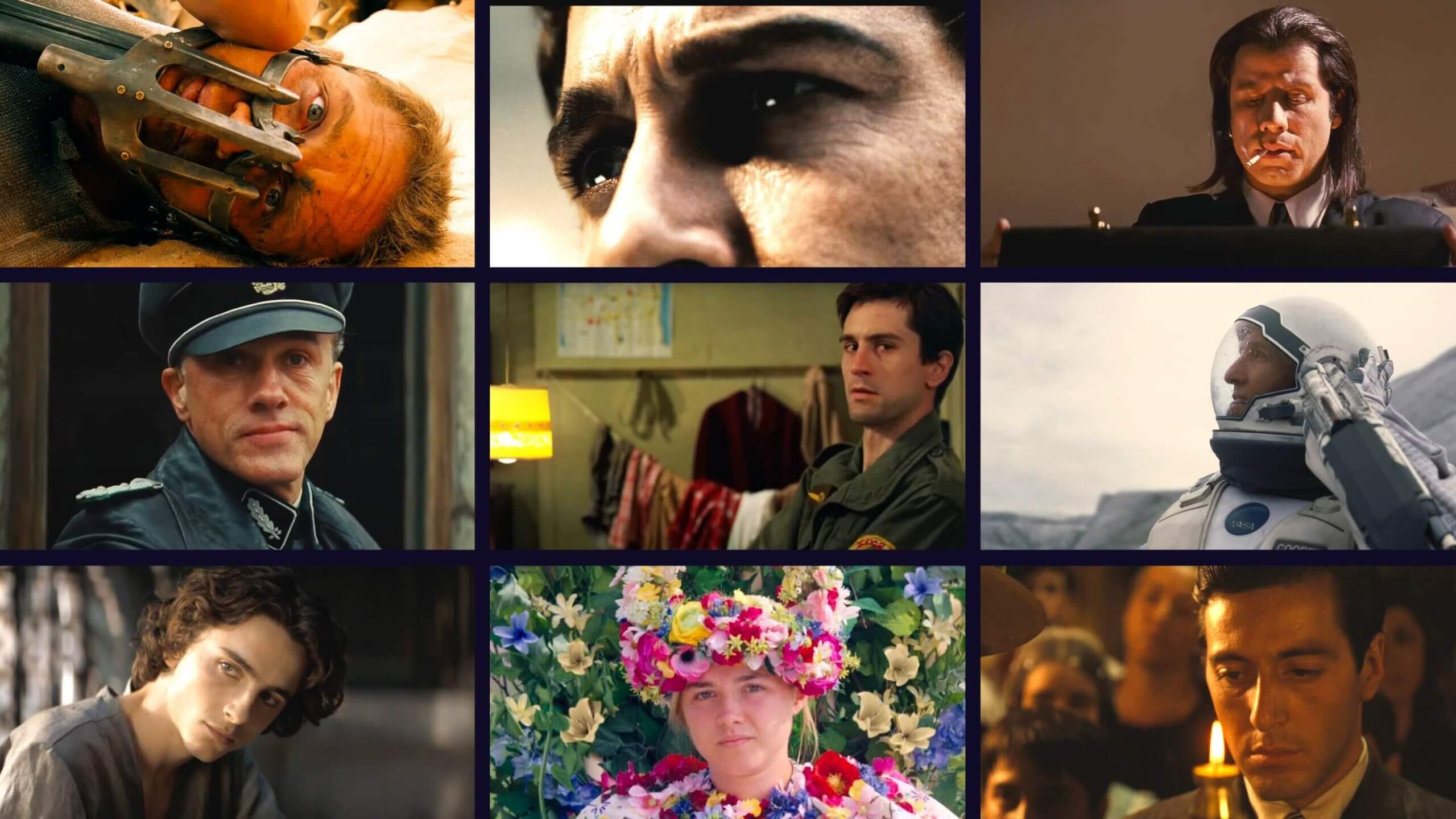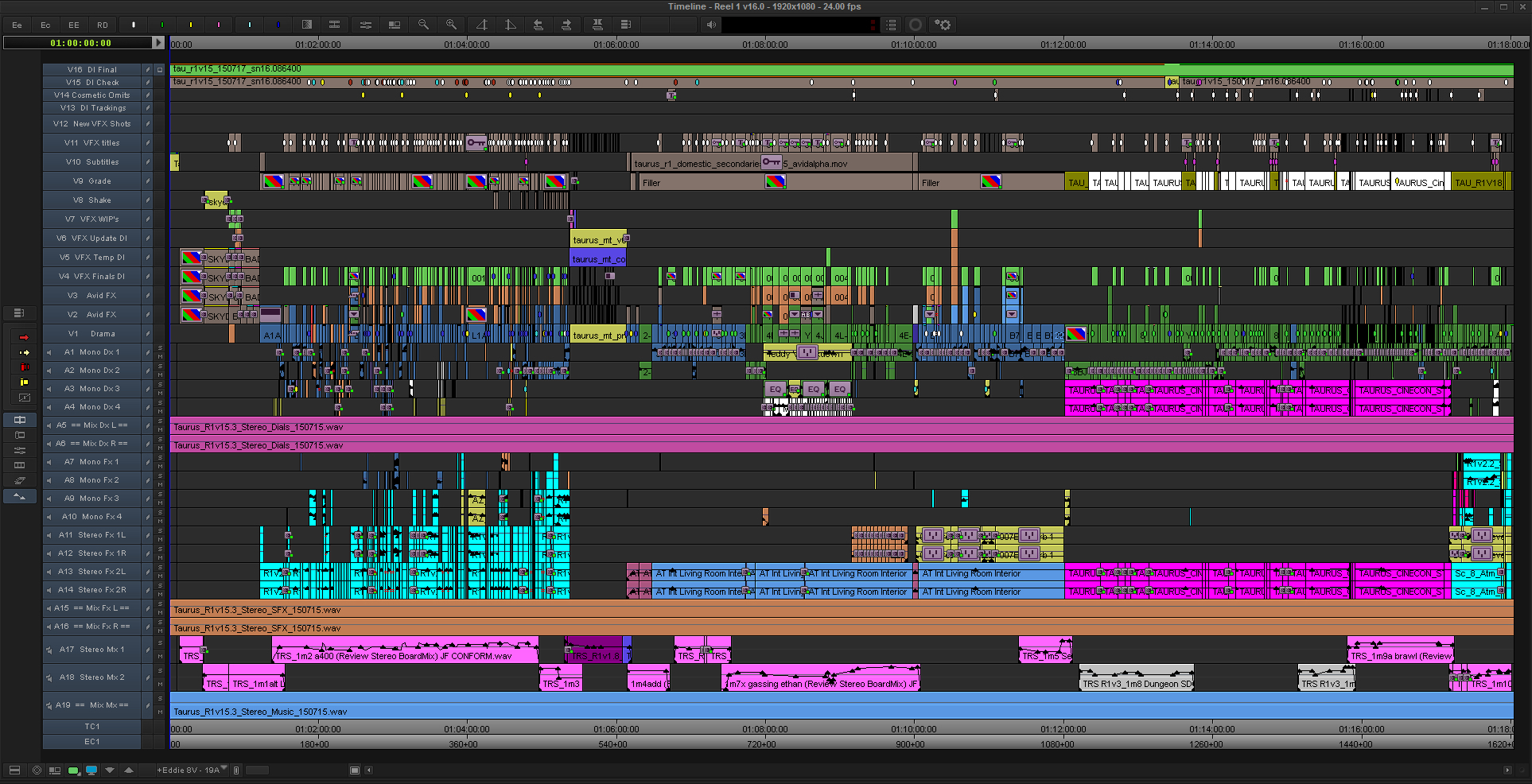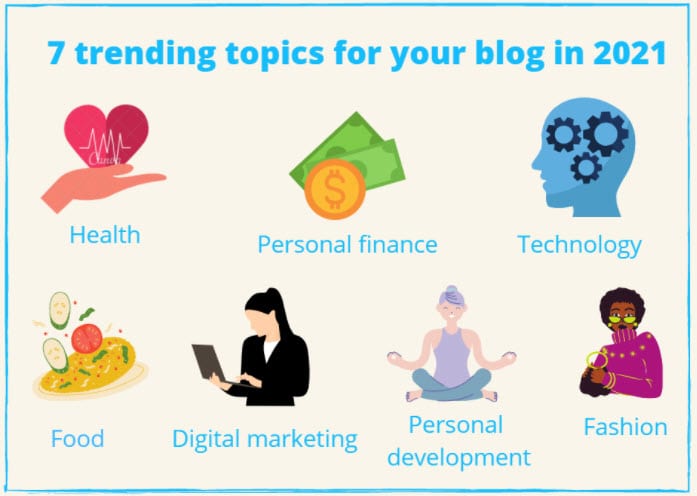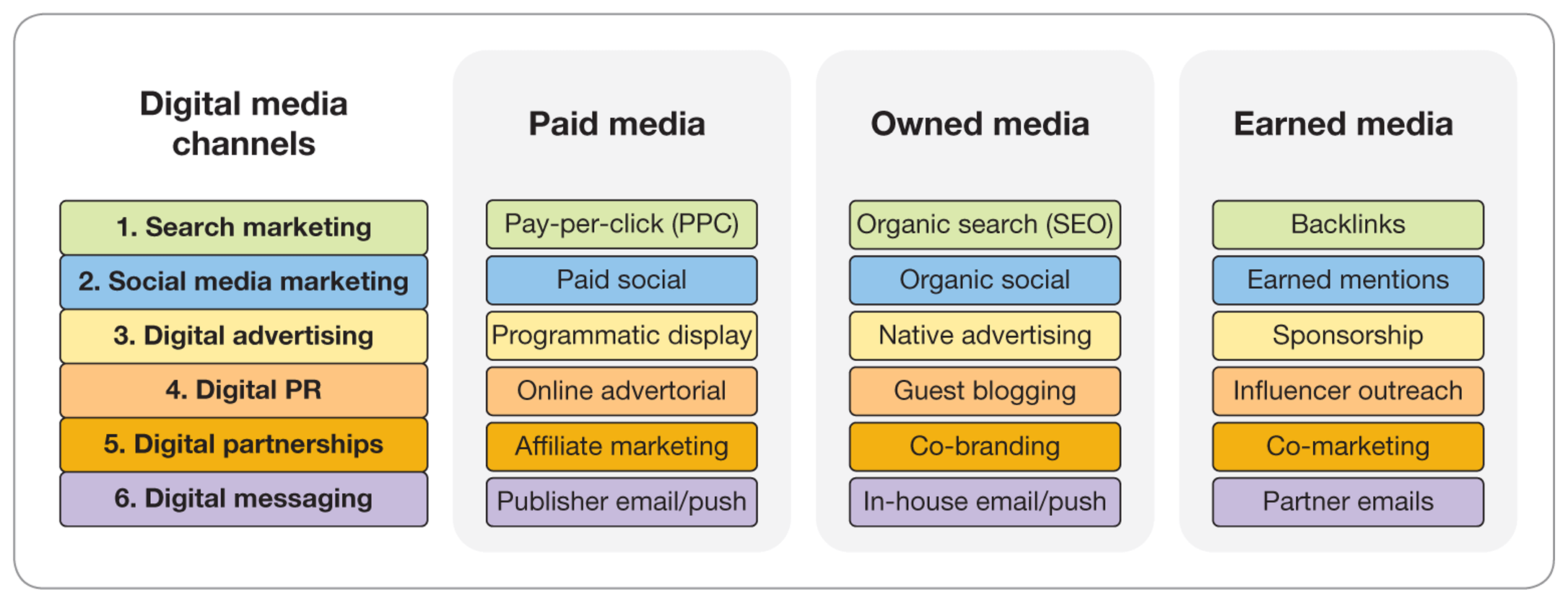Cinematic video editing techniques add magic to your videos. They bring stories to life.
In the world of filmmaking, editing is an art. It shapes the viewer’s experience, turning raw footage into a compelling narrative. Think of it as the glue that binds the story together, creating emotion and rhythm. From transitions to color grading, each technique plays a crucial role.
These methods help convey mood and enhance storytelling. They turn simple clips into captivating scenes. Whether you’re a budding filmmaker or just curious, understanding these techniques can transform your video projects. Dive into the world of cinematic editing and discover how it can elevate your storytelling.
Introduction To Cinematic Video Editing
Cinematic video editing crafts stories with visual and emotional impact. It blends art and technology seamlessly. The editor’s role is crucial in shaping the film’s narrative. Through editing, raw footage transforms into a cohesive story. This process enhances mood, pacing, and emotion.
Importance In Filmmaking
Editing is vital in filmmaking. It defines the film’s rhythm and flow. Proper editing can elevate a simple scene into something memorable. It guides the audience’s attention. Editors decide what the audience sees and feels. Good editing can make or break a film’s success.
Evolution Of Techniques
Video editing has evolved over the decades. Early films used basic cuts and splices. Today, digital technology offers endless possibilities. Tools and software have become more advanced. Editors now use CGI, color grading, and sound design. These techniques create richer and more dynamic films.
The evolution has made editing more creative. It allows for greater storytelling innovation. The audience experiences more immersive cinema. As technology grows, so do the possibilities in editing. This evolution continues to push the boundaries of filmmaking.
Crafting A Compelling Story
Crafting a compelling story in video editing is an art form. It involves weaving various elements to create a narrative that captivates viewers. Good storytelling makes your video memorable and impactful. The techniques used can transform a simple sequence into a powerful message. Let’s explore how narrative structure and emotional engagement play crucial roles in this process.
Narrative Structure
A strong narrative structure guides the viewer through the story. It has a beginning, middle, and end. The beginning introduces the setting and characters. The middle builds tension and develops the plot. The end resolves conflicts and provides closure. Each part should connect smoothly to the next. This keeps the audience engaged and curious.
Organize scenes logically to maintain clarity. Use transitions to link scenes together. These can be cuts, fades, or wipes. This helps the story flow naturally. The structure should reflect the theme and purpose of the video. A well-planned narrative structure strengthens the storytelling.
Emotional Engagement
Emotional engagement draws viewers into the story. It creates a connection between the audience and the characters. Music and sound effects enhance emotional depth. Choose music that matches the mood and tone. Sound effects emphasize dramatic moments or subtle details.
Color grading sets the atmosphere. Warm colors can evoke comfort and happiness. Cool colors might suggest sadness or tension. Lighting also plays a role in emotional engagement. Soft lighting can create intimacy. Harsh lighting might indicate conflict or danger.
Characters’ expressions and actions convey emotions. Close-up shots capture subtle facial expressions. These techniques make the audience feel what the characters feel. Emotional engagement keeps the viewer invested in the story.
Visual Composition In Editing
Cinematic video editing brings stories to life through visual composition. It’s not just about cutting scenes together. It’s about crafting a visual experience that captivates viewers. The arrangement of elements in a frame, the choice of colors, and the use of angles all play a crucial role. These elements guide the audience’s emotions and focus. Understanding visual composition helps create compelling narratives.
Framing And Angles
Framing directs the viewer’s attention. It highlights the subject and sets the scene’s mood. Tight framing brings intimacy. Wide framing shows context and space. Angles add meaning and emotion. Low angles can make subjects appear powerful. High angles may make them seem vulnerable. Each choice influences how the audience perceives the story.
Color Grading Impact
Color grading shapes the film’s mood and tone. Warm colors can evoke comfort and happiness. Cool colors might suggest sadness or tension. Saturated colors bring energy and excitement. Desaturated colors convey nostalgia or seriousness. The color palette can change the viewer’s emotional response. It’s a subtle yet impactful tool in visual storytelling.

Credit: www.studiobinder.com
Rhythm And Pacing In Videos
Creating rhythm and pacing in videos is an art form. It shapes the viewer’s experience and emotions. A well-paced video keeps audiences engaged. It guides them through the story smoothly. Rhythm in editing is like music. It’s about timing, flow, and energy. Pacing controls the speed of the narrative. It dictates when to slow down or speed up. Both elements are crucial in cinematic video editing.
Timing For Dramatic Effect
Timing is key for drama. Pause for a beat to heighten suspense. A delay can make a scene more intense. Quick cuts can energize a chase scene. Slow motion can emphasize an emotional moment. Editors use timing to evoke feelings. The right timing draws viewers deeper into the story.
Balancing Action And Calm
Balance between action and calm is vital. Too much action can overwhelm. Too much calm can bore. A mix creates a dynamic experience. Action scenes should be fast and thrilling. Calm scenes allow reflection and breathing space. Switching between these keeps viewers on their toes. It ensures the narrative is engaging and varied.
Sound Design And Audio Editing
Sound design and audio editing enhance cinematic video editing techniques by creating immersive experiences. These elements bring depth, emotion, and atmosphere to visual storytelling. Perfect synchronization of sound and visuals captivates audiences, making scenes unforgettable.
Sound design and audio editing play pivotal roles in cinematic video editing, often making the difference between a good film and a truly immersive experience. These elements are not just about adding background music or enhancing dialogue. They are about crafting an auditory landscape that guides emotions and emphasizes storytelling. Imagine watching a horror movie without the eerie sound effects or a thriller without the suspenseful score. The impact would be dramatically lessened. Sound design is the invisible hand that shapes your emotional response to a scene.Enhancing Mood With Sound
Sound can be your secret weapon in conveying emotions. It can make your audience feel tense, happy, or even nostalgic. Consider the use of a soft piano tune in a poignant scene. It can evoke sadness or introspection, helping to deepen the emotional impact. On the other hand, fast-paced, high-energy music can heighten excitement and anticipation. When editing, ask yourself: What mood am I trying to create? The answer will guide your sound choices. Think about the last time you watched an action scene. The roaring engines, the pounding heartbeat sound effect, the sharp sound of metal clashing—all contribute to the adrenaline rush. These auditory cues are carefully designed to pull you to the edge of your seat. In your projects, try experimenting with different sound effects and observe how they change the scene’s mood.Dialogue Clarity
Clear dialogue is crucial in ensuring the story is understood. Poor audio can ruin even the most visually stunning scenes. Imagine missing a critical plot point because the dialogue was muffled or overshadowed by background noise. To achieve clarity, prioritize dialogue in your audio mix. Use tools like equalizers to balance frequencies and reduce background noise. Consider using a compressor to maintain consistent volume levels. In my first editing project, I faced a scene where the dialogue was barely audible over the sound of a busy street. I learned to use noise reduction techniques and adjusted the levels to make the dialogue clear. This taught me the importance of always checking dialogue clarity before finalizing any edit. As you edit, listen closely. Are the words clear? Are they the main focus? Ensuring clarity will keep your audience engaged and invested in the story. Sound design and audio editing are not just technical skills—they are your tools for storytelling. How will you use them to enhance your narrative?
Credit: www.nyfa.edu
Special Effects And Transitions
In the world of cinematic video editing, special effects and transitions are your secret weapons to captivate the audience. These tools can transform a simple scene into a visual masterpiece, making your storytelling more dynamic and engaging. Whether you’re working on a blockbuster film or a personal project, mastering these techniques will elevate your video from good to unforgettable.
Seamless Scene Changes
Ever watched a movie where you didn’t even notice the shift from one scene to another? That’s the magic of seamless transitions. They keep the flow uninterrupted, guiding viewers smoothly through the narrative. Simple cuts, fades, or wipes can be powerful when used correctly. Think of them as the glue holding your story together.
Consider using match cuts to connect scenes visually. This technique aligns similar shapes or movements, creating a visually satisfying experience. Try it out next time you’re editing; you’ll be amazed at how it keeps the audience engaged without jarring interruptions.
Creating Impact With Effects
Special effects are more than just flashy visuals; they’re tools to create impact. Whether it’s a slow-motion shot or a dramatic color shift, effects can emphasize moments that matter. They help convey emotions and enhance storytelling.
Imagine you’re editing a scene where a character discovers a hidden truth. A subtle zoom combined with an echo effect can amplify the revelation, making it memorable. Effects should support the story, not overshadow it. Ask yourself: does this effect add value to the narrative?
Experiment with layering effects to create depth. Combine a light flare with a slight blur to simulate a dream sequence. Such techniques add layers of meaning without overwhelming the viewer. Balance is key; keep it creative but controlled.
Remember, every edit is a chance to engage your audience. How will you use special effects and transitions to make your video stand out? Dive into these techniques and watch your storytelling reach new heights.
Advanced Techniques For Professionals
In the world of cinematic video editing, professionals constantly seek advanced techniques to elevate their craft. Whether you’re a seasoned editor or aspiring to be one, understanding and mastering these techniques can dramatically enhance your storytelling abilities. These methods not only refine your skills but also allow you to explore new creative avenues. Let’s dive into two key areas that can transform your editing prowess.
Multi-layered Editing
Multi-layered editing is all about depth and complexity. Think of it as painting on several canvases at once. You can weave multiple narratives seamlessly, adding texture and richness to your story. Consider using layers to juxtapose different timelines or perspectives. This approach creates intrigue and invites viewers to engage more deeply with the content.
When I first experimented with multi-layered editing, it felt like juggling. But soon, I realized its power. Imagine a scene where the past and present collide, allowing you to convey emotions and themes simultaneously. Have you tried layering audio tracks to enhance the emotional impact? This technique can be a game-changer, making your videos more compelling.
Innovative Use Of Technology
Technology is the backbone of modern video editing. From AI-driven tools to VR integration, the possibilities are endless. How can you use these innovations to your advantage? Start by exploring new software that offers advanced features. Consider how AI can automate mundane tasks, freeing you to focus on creativity.
Recently, I used a new AI tool to streamline my workflow. It was fascinating to see how much time I saved. Could this be your secret weapon? Embrace technology not just as a tool but as a partner in your creative process. Experiment with VR for immersive storytelling or use cloud-based platforms for collaborative editing. The future of editing is not just about the tools but how you wield them.
What techniques have you discovered that push the boundaries of traditional editing? Share your insights and continue the conversation. The art of video editing is ever-evolving, and there’s always room to learn and grow.

Credit: www.youtube.com
Tips For Aspiring Editors
Embarking on a journey in cinematic video editing is exciting. Aspiring editors need practical tips to succeed. Developing skills and showcasing talent is crucial. Understanding trends keeps your work fresh and relevant.
Building A Portfolio
Start with personal projects to hone your skills. Experiment with different styles and techniques. This practice builds confidence and improves your craft. Create a diverse portfolio showcasing your best work. Include a variety of projects to demonstrate versatility. Use platforms like Vimeo or YouTube to share your portfolio. This increases visibility and can attract potential clients. Regularly update your portfolio with new and improved works. This shows growth and dedication to your craft.
Staying Updated With Trends
The world of video editing constantly evolves. Stay informed about the latest trends in technology and style. Follow industry leaders on social media platforms. They often share insights and tips on current trends. Participate in online forums and communities. Engaging with peers helps exchange ideas and learn new techniques. Attend workshops or webinars when possible. These events provide valuable learning opportunities. Subscribe to video editing blogs or newsletters. They often feature trend updates and useful resources.
Conclusion And Future Of Video Editing
Video editing has come a long way. The techniques that define cinematic video editing continue to evolve. As you explore the future of video editing, emerging technologies and continuous learning play a crucial role. These elements not only shape the way you edit but also enhance the storytelling capabilities of your videos.
Emerging Technologies
Technology in video editing is advancing rapidly. Tools like AI and machine learning are making complex tasks simpler. You can now automate repetitive tasks, giving you more time to focus on creativity.
Consider the power of virtual reality and augmented reality. These tools offer new dimensions to video content. Imagine editing a scene where viewers can interact with the environment. Such innovations are not just trends; they are transforming how you connect with your audience.
Have you tried using cloud-based editing platforms? These allow you to edit videos from anywhere. Collaboration becomes seamless, letting you work with teams across the globe. These tools help you stay ahead in a competitive market.
Continuous Learning
Video editing is an ever-evolving field. To stay relevant, continuous learning is essential. Keep updating your skills to adapt to new technologies and techniques.
Online courses and workshops are valuable resources. They offer insights into the latest trends and tools. Joining editing communities can also provide support and inspiration. Sharing experiences with peers can spark new ideas and challenge you to improve.
Reflect on your own editing journey. What skills do you need to refine? How can you expand your creative toolkit? Asking these questions helps you grow and adapt in an industry that never stands still.
As you ponder the future of video editing, consider these emerging technologies and continuous learning opportunities. They are not just trends; they are pathways to elevate your editing craft. What steps will you take to enhance your storytelling through video?
Frequently Asked Questions
How To Edit Video Like Cinematic?
To edit video like cinematic, use high-quality footage and apply color grading. Add smooth transitions and slow-motion effects. Use a 21:9 aspect ratio for a wider view. Incorporate dramatic music and sound effects. Ensure consistent lighting and maintain a clear storyline for visual impact.
What Is The 321 Rule In Video Editing?
The 321 rule in video editing advises keeping three copies of your project on two different storage media, with one stored offsite for safety. This ensures backup and protection against data loss, safeguarding your valuable work from unforeseen events.
What Is The 10 Second Rule In Video Editing?
The 10 second rule in video editing suggests engaging viewers within the first 10 seconds. This ensures capturing attention quickly, preventing viewers from clicking away. Use captivating visuals or intriguing content upfront to maintain interest.
Is Editing A Cinematic Technique?
Yes, editing is a crucial cinematic technique. It shapes the film’s pace, structure, and storytelling. Editors piece together shots, ensuring smooth transitions and enhancing visual appeal. This technique helps convey emotions, create suspense, and emphasize important moments, enriching the viewer’s experience.
Conclusion
Exploring cinematic video editing techniques enhances storytelling. Each method adds depth and emotion. Transitions create smooth scene changes, keeping viewers engaged. Color grading sets the mood, drawing in the audience. Sound design complements visuals, making scenes memorable. Every detail matters.
Editing is about crafting a visual journey. Practice brings improvement and creativity. Experiment with different techniques. Find what resonates with your style. Video editing is an art form. It transforms raw footage into compelling narratives. Keep learning and experimenting. Your unique voice will shine through.
Create videos that captivate and inspire.




